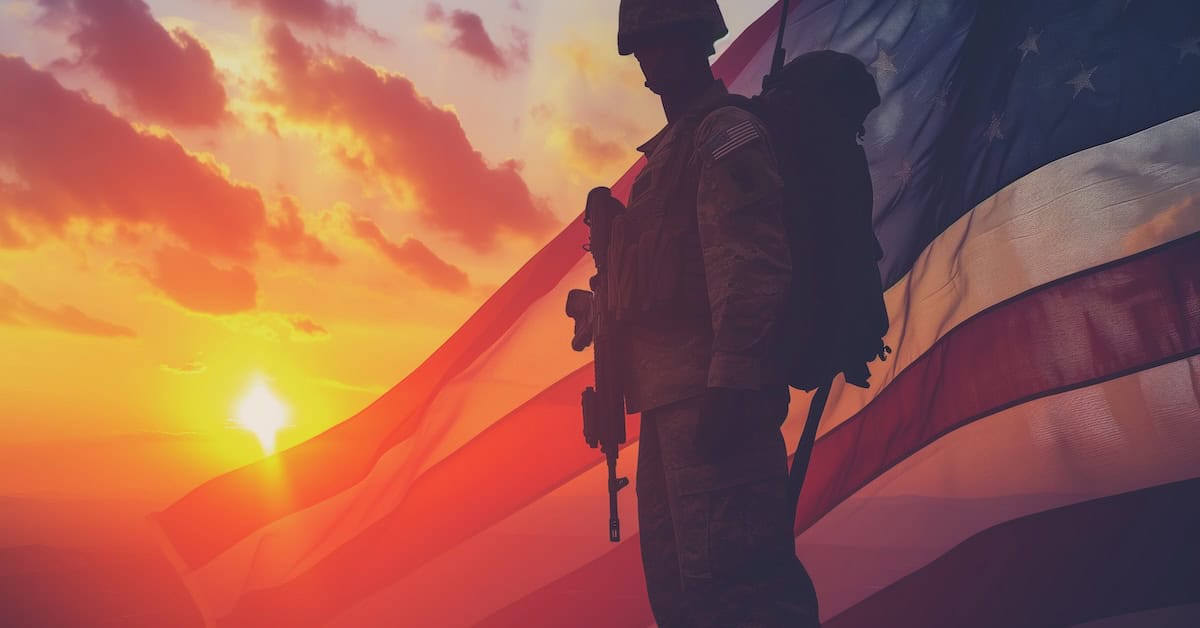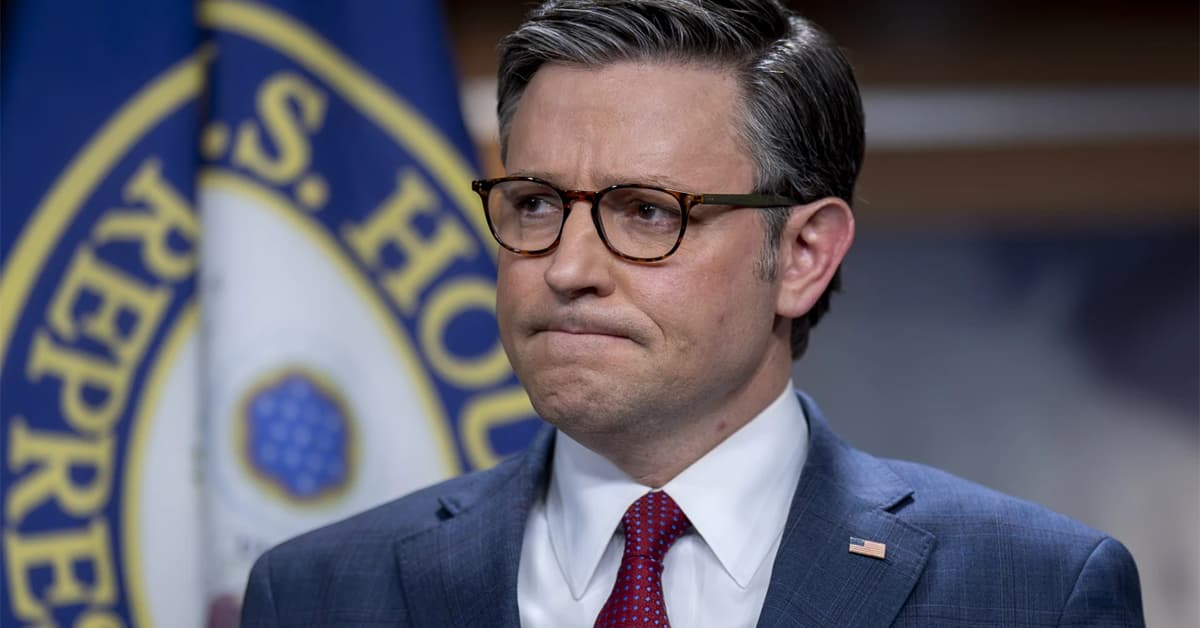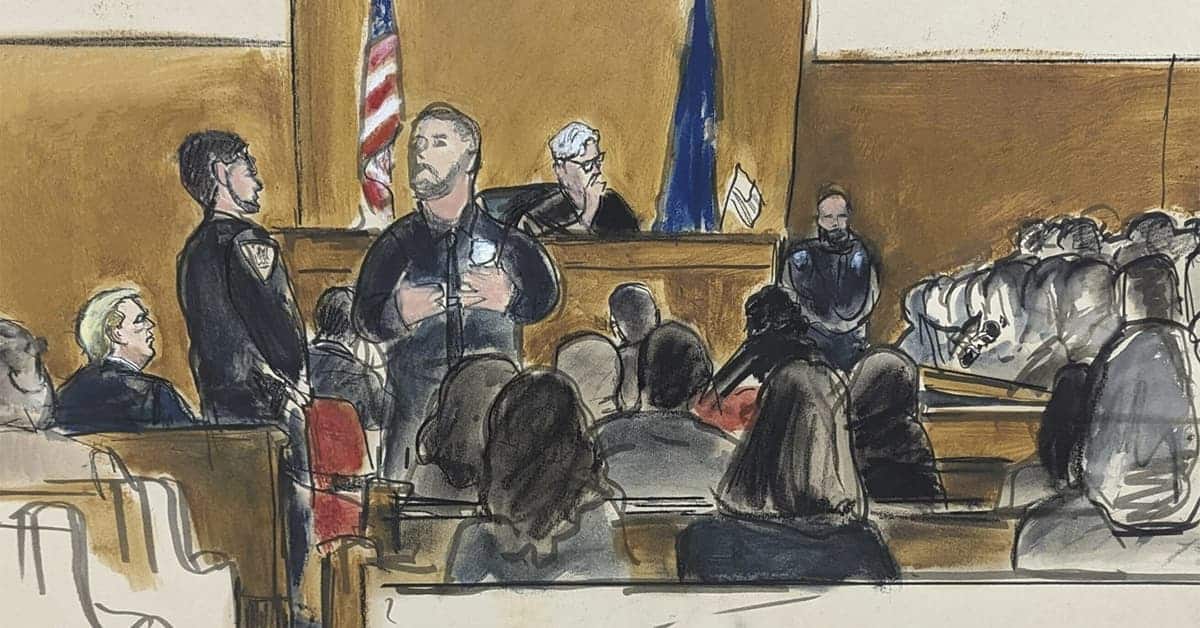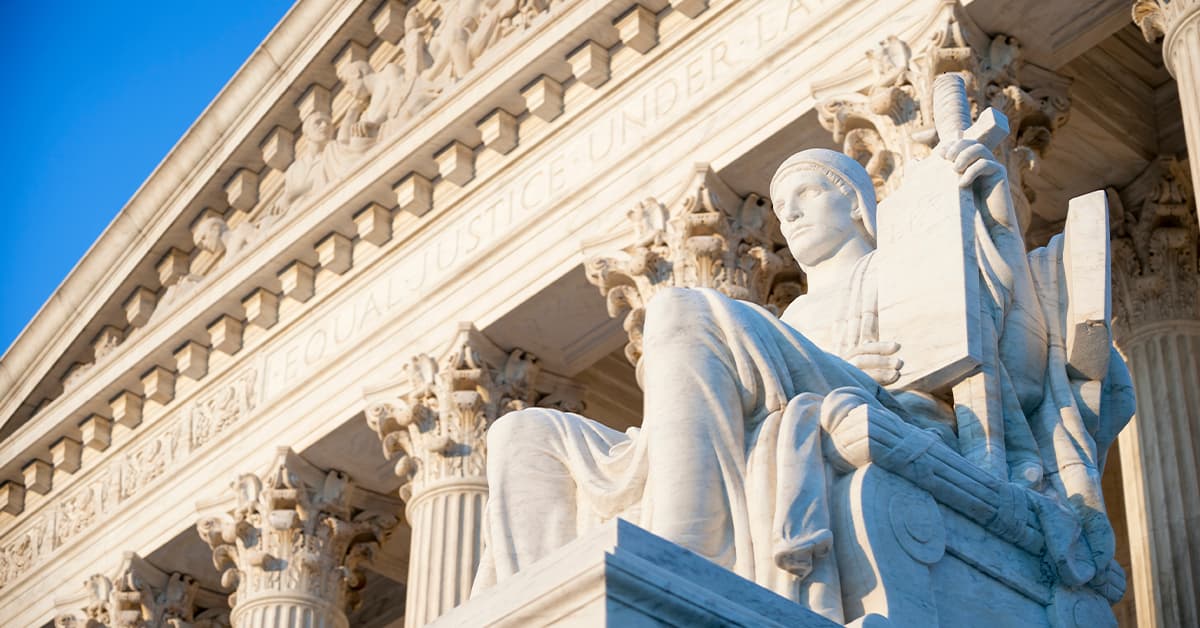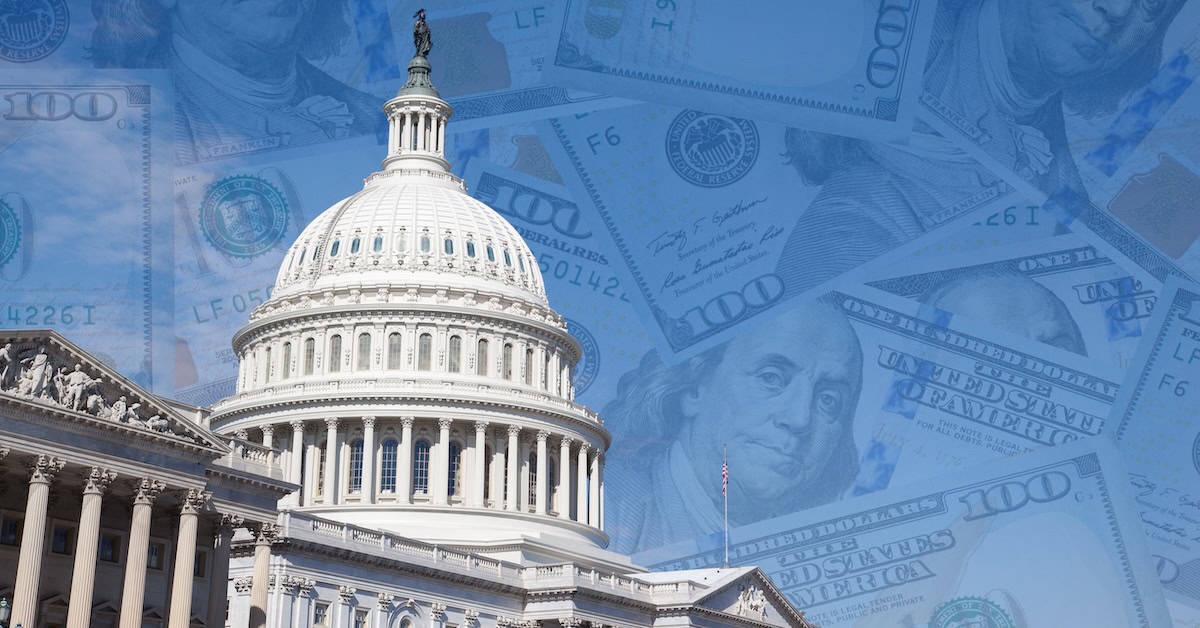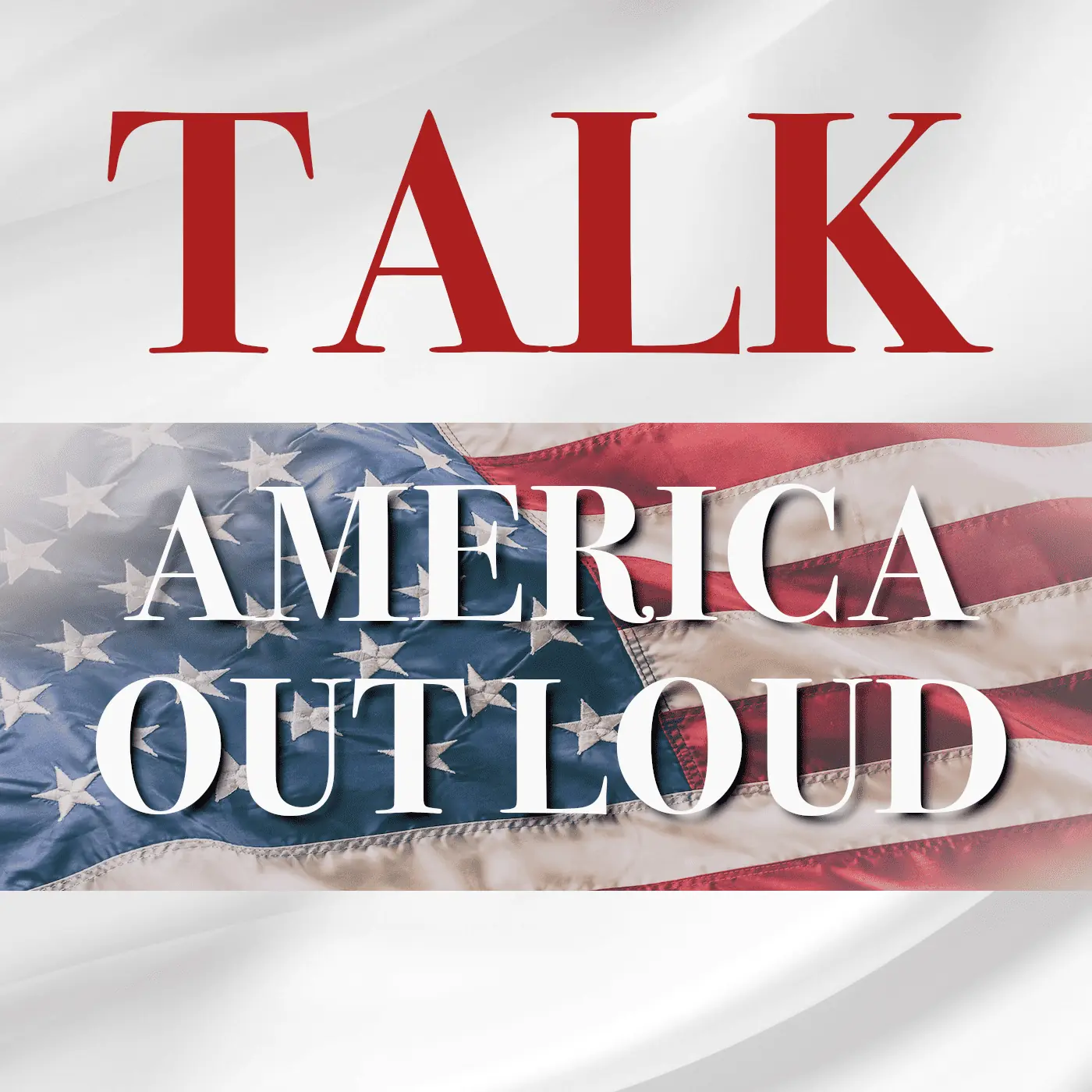On June 23rd, the Supreme Court struck down a 1913 New York law requiring gun owners to get a license to carry their guns outside of their homes. In order to get such a license, they had to apply for it and jump through many draconian hoops to succeed, including proving that they had a “proper cause” that required them to carry a gun for self-protection. The court decided that New York’s century-old licensing law violated the Second Amendment’s guarantee of the “right to keep and bear arms.”
It should have been a big deal, coming so closely after the Robb Elementary School massacre in Uvalde, Texas just weeks before. And large demonstrations were expected by people who have been campaigning for harsher gun control laws. But there was no outcry, at least not yet.
Because this landmark decision was quickly overshadowed on the following morning when the media erupted with another ground-breaking decision from the US Supreme Court – this time on the controversial Roe v Wade decision. The Court overturned the Roe Wade decision, and just like that, 50 years after the original case was decided, Roe v Wade was reversed.
A comparison of the two decisions was not ignored by the media, who jumped on what they called the irony of judgments – how one – the New York case – underscored the constitutional requirement while the other – Roe v Wade – denied it. But this was a false conclusion and a faulty comparison. The two decisions were not analogous.
The right to keep and bear arms has been enshrined in Federal Law since it was explicitly included in the 2nd Amendment in 1791, and handed down by the original signers of the Constitution in the supplement that they called the Bill of Rights. The ‘Supreme Court found that New York law had abrogated those rights by making it so difficult to keep and bear arms in that state that it served as a deterrent to anyone wanting to exercise his Second Amendment rights.
In the majority opinion, written by Justice Clarence Thomas, the Court stated that “New York’s proper-cause requirement violates the Fourteenth Amendment in that it prevents law-abiding citizens with ordinary self-defense needs from exercising their right to keep and bear arms.” The 14th Amendment states that “No State shall make or enforce any law which shall abridge the privileges or immunities of citizens of the United States”. The decision was 6-3. So New Yorkers who choose to carry may feel safer on the increasingly unsafe streets of New York, and it is altogether likely that some lives may be saved.
Roe v Wade, however, was a different story, and as much as gun control was a hot-button issue for many Americans, Roe v Wade was the subject of major demonstrations and even threats against Supreme Court Justices whom the Roe v Wade advocates considered a danger to their cause.
Surprisingly, many jurists, including the late Justice Ruth Bader Ginsburg, considered Roe v Wade difficult. She called it “heavy-handed”. She said, “Roe, I believe, would have been more acceptable as a judicial decision if it had not gone beyond a ruling on the extreme statute before the court.… The heavy-handed judicial intervention was difficult to justify and appears to have provoked, not resolved conflict”, she wrote in the North Carolina Law Review in 1985.
But there was more to it than that. Many considered the original decision to be unconstitutional, because the Constitution does not address the issue of abortion, and therefore SCOTUS should have relegated the judicial review of any laws regarding women’s rights – and many other things not specifically assigned to the Federal Government – to the individual states. The Constitution says it very clearly: “The powers not delegated to the United States by the Constitution, nor prohibited by it to the States, are reserved to the States respectively, or to the people.” (U.S. Constitution, 10th Amendment)
Justice Alito explained his opinion on Roe v Wade in this way: “Roe was egregiously wrong from the start. Its reasoning was exceptionally weak, and the decision has had damaging consequences. And far from bringing about a national settlement of the abortion issue, Roe and Casey have enflamed debate and deepened division.”
Yet for the last 50 years, proponents of abortion have been asserting their “Constitutional right” to abortion. And now, after this landmark decision, they are shouting that their “Constitutional right” to control their own bodies has been stolen.
The Justices who supported this decision were right. There is no Constitutional right to abortion. Roe v Wade was wrong. And when the issue of the constitutionality of “a woman’s right to choose” and “a woman’s right to control her own body” come up, there is nothing in the Constitution to support that.
But it is the role of the Supreme Court to rule on constitutionality, as was established in another landmark case of Marbury v. Madison in 1803, which established the principle that American courts have the power to strike down laws and statutes that violate the U.S. Constitution. And that is exactly what the Supreme Court did.
In this case, the Constitution does not guarantee any person the right to an abortion. To assume otherwise goes against the intent of the Constitution which has been guiding our government for over 240 years.
So the women who are now in the streets bemoaning their loss of empowerment are simply ignoring the reality. The Court found that Roe v Wade was unconstitutional. The end result does not cancel a woman’s right to have an abortion, it only turns the legal recourse to that procedure over to the individual states as the Constitution requires.
There are no easy answers, and there are always extenuating circumstances that make decisions much more difficult. But in the opinion of this writer, overall, both decisions that came down from the Supreme Court on June 23rd and 24th were the right ones. And together they are both likely to save many lives in the months and years to come.
Image: AP









